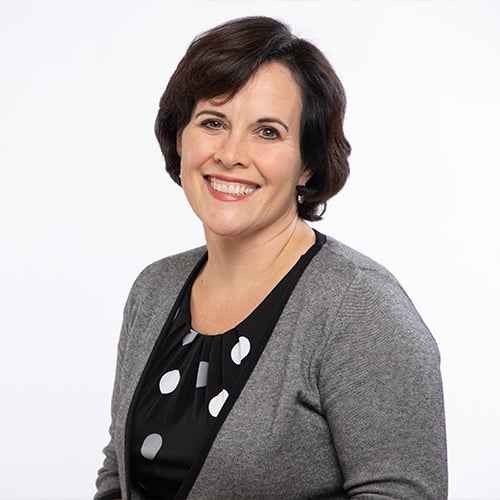These times are calling for aspirational thinking. With dramatic changes in our collective landscape, people are craving direction and leadership more than ever. In many cases, nonprofit boards and CEOs are needing to reinvent strategies, practices, and the very direction of their organizations.
Writing a new vision statement can be a powerful step in the rethinking process. Michael Beckwith says visioning can be “a way of providing yourself with tangible evidence that you are not here to be a passive bystander or spectator, nor to be blindly pulled along by society’s ever changing tides.”
It’s through visioning that you can connect with your best organizational “self”—focusing on who you are, what you care about, and the change you want to create in the world.
But we’ve all been lost down painful rabbit holes trying to rewrite a vision statement with a group. So, what’s the most efficient approach, and what do we need to keep in mind when visioning?
Be Outward Focused
Your vision statement should not be about your organization and how you want to change yourselves—unless you are a start-up or in the early years of existence. The vision statement should be about the change you want to create in the world. What impact do you want to have on the individuals or communities you serve? What is the desired future state of that world?
Think Big
When writing a vision statement, consider thinking big. What does a 10 or 20 year vision look like? A compelling vision should move your organization to a new level. How you will get there is another conversation and process. Don’t let your current circumstances limit your perspective. If you aren’t ready to think big, then you likely need more operational, short-term plan—and that’s okay too.
Brief and Memorable
The best vision statements are between 8-20 words long—and written at about the 6th grade reading level. That means short and impactful, with one-syllable words and minimal punctuation needed to string together sentences.
Oxfam’s vision statement at one point was “A just world without poverty.” These five words communicate great power. They show this organization is about justice, equity, and no poverty. Imagine that! That’s a big vision. This is not a vision that an organization can manifest in a year or two—it’s on a long-horizon view.
Never Wordsmith with a Big Group
You will want to engage your full board or staff in an early brainstorming process, so you get their input early on about what is most important to them in the new vision. But when you go to draft the statement, have a small group (3-4 people) help with that. It’s easier to have a few people work on a draft statement to then share for feedback—and you can revise from there.
Once your vision is written then you will start working on other aspects of your planning process. That’s when you get more tactical, focused, and shorter-term. What is your organization’s most important work toward that vision in the next 1-2 years? That’s the fun to come in strategic planning.
Need help working on your next vision or strategic plan? Kellie Wardman is a senior consultant with DBD Group who focuses on strategic planning, governance, and executive coaching. You can contact her by leaving a comment on this post, or reaching out to her via email.
Photo by Evgeni Tcherkasski on Unsplash

